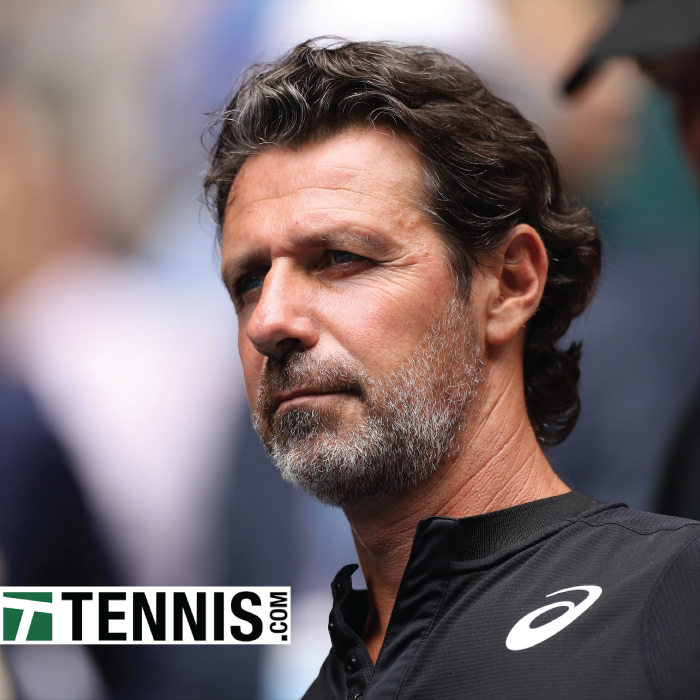
An excerpt from
Does Tennis Need to be Disrupted? Patrick Mouratoglou Thinks So by Steve Tignor for Tennis.com.
“The (Ultimate Tennis Showdown) mantra is “Diversity. Emotion. Modernity.” Mouratoglou wants to promote younger players, and encourage them to show more emotion. He thinks that, since the ’80s, the game’s code of conduct has made it harder for players to be themselves. In UTS matches, new-school irreverence will be in, and old-fashioned decorum will be out—within reason, of course.
“I’m not asking them to do crazy things,” Mouratoglou said, when he was asked if he thought it would be hard for the players to shift emotional gears for UTS. “I just want authenticity. I want them to be themselves.”
That’s just the tip of the iceberg when it comes to the changes we’ll see in UTS. Coaches will be on the court, and they’ll be able to call timeouts (they also must coach in English). Players will receive a set number of “UTS cards” that they can use at their discretion, and which will allow them to, say, take away an opponent’s first serve, or make one of their winners count for three points.
Most radical of all may be the scoring system. Matches will be timed, and divided into four 10-minute quarters, like basketball games. Whoever is ahead in points at the end of each quarter will win that quarter; whoever wins more quarters wins the match. If players are tied at 2-2, there’s a sudden death tiebreaker—the first player to win two straight points wins. Matches shouldn’t last more than an hour.
“A lot of people are going to be against it, but that’s OK,” Mouratoglou said with a smile. Judging by the early social-media reaction, many fans already are.
Mouratoglou says tennis needs to be “disrupted.” That’s not easy to do; just ask Gerard Pique, who has taken sharp criticism for overhauling the Davis Cup. What’s interesting about Mouratoglou’s ideas is that he’s not just thinking of tennis as a sport; he’s thinking of it as a media product. In planning UTS, he says he didn’t just look at how fans watch sports today, he looked at how they consume various forms of media.
Instead of watching two-hour movies, we watch one-hour TV shows. Instead of reading articles, we look at tweets. He thinks the same will be true for tennis: Instead of watching best-of-five, or even best-of-three, people will sit down for a match they know will end in an hour. This TV-centric (or streaming centric) focus reminds me of how WCT became successful in the early 1970s. With the coronavirus keeping us out of arenas and inside our homes for the foreseeable future, it makes more sense than ever.